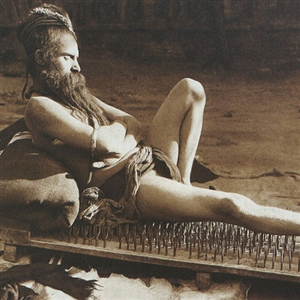
Pain originates within the body and is difficult to be measured objectively. Pain perception is highly subjective. It is a matter of one’s mind. Cultural factors, personality and mental attitudes influence the sensation of pain. Extroverts report more pain than introverts.
Whether or not we feel the pain is determined by more than the nature and intensity of the external stimulus. Women seem to bear the pain better than their male counterparts. The feat performed by the Indian fakirs by sleeping on a bed of nails would be unthinkable–even in the wildest dreams of the westerners.
That the pain can be controlled by thought alone has led to the new theory of pain perception, called The Pain Gate Theory. In order to feel a pain, the pain signal must be strong enough to force its way through the pain gate–a real anatomical structure in the spinal cord.
This pain gate protects us from trivial pains and aches. Cortex which produces endorphins, the natural pain killers in the brain, feeds this gate. Its release can effectively close the pain gate and decrease the level of the pain experienced.
Nerve fibers with small diameter carry the pain stimuli through the pain gate. Nerve fibers with larger diameter passing through the same gate can inhibit those pain signals carried by the smaller ones.
Chemical released in response to the pain stimuli also influences whether the gate is open or shut to the pain signals. The pain gate can be shut, by stimulating the nerves carrying the touch signals, through massage techniques, rubbing, application of ice packs etc.
Acupuncture stimulates the release of natural opioids, chemicals inhibiting the transmission of pain signals. So to say, “We can fight one pain with another pain”.
Visalakshi Ramani